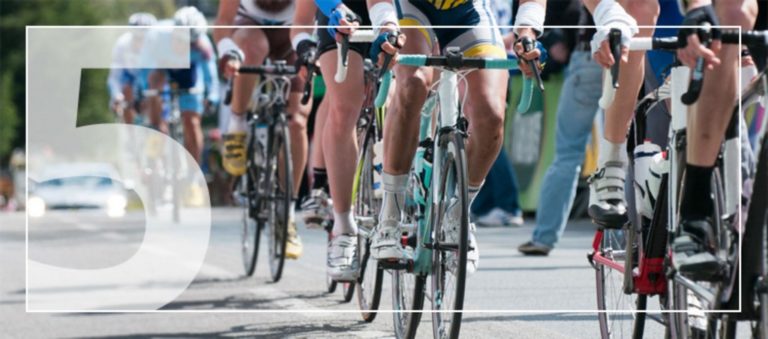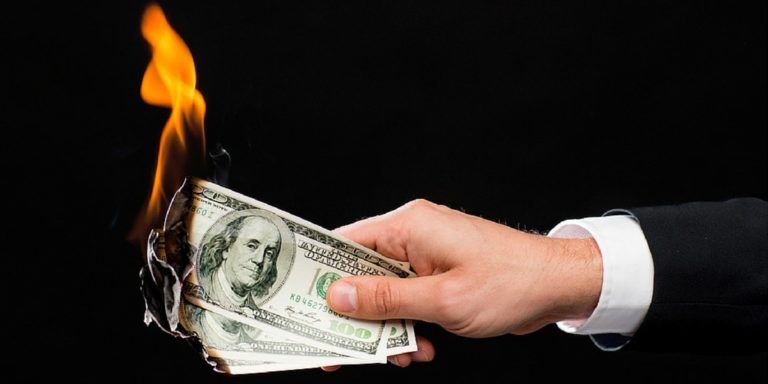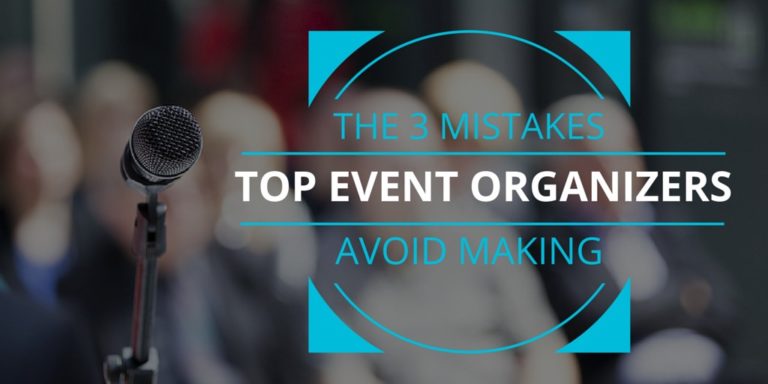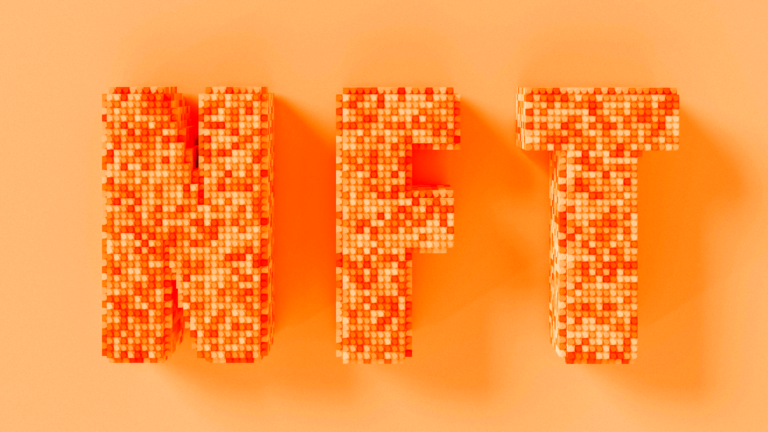You’ve picked the venue, locked in your lineup, and sorted out the catering. Maybe you’ve even nailed down the perfect date and time. But here’s the big question: how will people actually find out about your event?
That’s where a press release comes in.
An event press release is a short, formal announcement designed to get media coverage and build buzz. It tells journalists, bloggers, local outlets, and even search engines what your event is, why it matters, and how people can get involved. Think of it as your official “shout it from the rooftops” moment, only more strategic.
Even in the age of social media and influencer campaigns, press releases haven’t lost their value. In fact, they often get picked up by local news, added to community calendars, or shared in newsletters, helping you reach more of the right people, in more of the right places.
If you’re wondering how to write a press release for an event that gets attention (and results), you’re in the right place. Whether you’re planning a 10K, a fundraising gala, or a food truck fest, this guide will walk you through what to include, how to say it, and where to send it.
Let’s get into it.
What is an event press release? (and when you need one)
Before we dive into how to write a press release for an event, let’s start with the basics.
An event press release is a brief, official statement shared with the media to announce news about your event. It’s written in a straightforward, journalistic style so reporters, bloggers, and local outlets can easily pick up the story, and share it with their audiences.
Think of it as your event’s public debut. It’s your way of saying, “Here’s what’s happening, here’s why it matters, and here’s how people can be part of it.”
You don’t need a PR agency or a blockbuster budget to write one, either. Press releases are especially helpful when:
- You’re launching a new event and want to get the word out early
- You’re announcing a major speaker, performer, or partner
- You’re hitting a milestone year or returning after a hiatus
- You’ve got exciting ticket sales or registration updates
For example, when the Temecula Valley Balloon & Wine Festival opened ticket sales, Events.com helped spread the word with a press release highlighting the festival’s iconic blend of music, wine tasting, and hot air balloons. It was picked up by local outlets and amplified through event calendars, giving the organizers a strong start to their ticketing push. Read the release here.
Bottom line? Whether your event is local or large-scale, a well-timed press release can help you build awareness, drive early interest, and give your event the attention it deserves.
How to write a press release for an event
Writing a press release isn’t about flashy language or over-the-top sales talk, it’s about being clear, timely, and purposeful. The best ones strike a balance between professional and human. Not only do they tell the media what they need to know, but also show why the event matters to the community.
Whether you’re announcing a new beer fest or bringing back a fan-favorite fundraiser, every great event press release includes a few key components. Here’s what yours should cover, and how to make each piece count.
Headline: keep it clear, catchy, and informative
Your headline is the first thing people will see, so make it work hard. It should answer two core questions right away: What is the event? and Why should anyone care?
- Aim for a headline that:
- Includes the event name
- Hints at what’s happening or what’s new
- Avoids hype or vague language
Good Example:
“Sunset Jazz Fest Returns to LA with Grammy-Winning Headliners”
Why it works: It’s location-specific, includes the event name, and hints at the main draw, all in one line.
If your headline could apply to any event in any city, it’s probably too generic. Remember, journalists see dozens of releases daily. A strong headline helps yours stand out in a crowded inbox.
Date + location details: no guesswork allowed
One of the most common mistakes in press releases? Burying the basics.
Right after your headline, make the “when” and “where” crystal clear. The media (and your future attendees) need the details front and center. Include:
- Full event name
- Date(s) and time
- Venue or platform (if it’s virtual, say so!)
- City and state
- How to get tickets or register
Example: The 12th Annual City Eats Food Truck Rally returns to San Diego’s Waterfront Park on Saturday, August 24, 2025, from noon to 8 p.m. Tickets are available at CityEatsFest.com.
Avoid confusion, assumptions, or making readers hunt for basic info. Every second they spend searching is a second closer to hitting “delete.”
Hook / lead paragraph: why should people care?
The first paragraph is your chance to grab attention, and make it relevant. Instead of repeating the event name or date, focus on what’s exciting or unique about this year’s experience.
Ask yourself:
- Is there something new or different this year?
- What makes this event stand out in the community?
- Why might local outlets, bloggers, or community leaders want to share it?
This paragraph sets the tone for the rest of the release, so keep it sharp and community-focused.
Example: San Diego’s tastiest tradition is back. The City Eats Food Truck Rally returns this summer with over 60 trucks, live DJs, and a brand-new vegan village, making it one of the largest gatherings of street food in Southern California.
Notice how it skips the basics (which were already covered) and dives into the why this matters part of the story.
Event details and schedule highlights
Once you’ve caught their interest, it’s time to lay out the key features of your event in a way that’s easy to skim. Think of this as your highlight reel.
This section can be 1–2 short paragraphs or a bullet list that includes:
- Headliners or featured guests
- Special activities, performances, or competitions
- VIP experiences or family zones
- Food, drink, or merchandise details
- Anything that helps paint a full picture of what to expect
Example (bullet format):
- Live performances by DJ Luna, The Wild Tones, and Sol Fire
- Over 60 food trucks from across California
- Craft beer garden with over 40 local brewers
- Kids’ corner with inflatables, face painting, and games
- Free bike valet and accessible parking options
This section is your chance to help the press, and your potential attendees, visualize the experience.
Quotes from organizers or speakers
Adding a quote brings a human voice, and credibility, to the press release. It’s your opportunity to show passion, purpose, and the people behind the event.
A good quote:
- Feels genuine, not scripted
- Offers a perspective or insight (not just a recap)
- Speaks to the community or values of the event
Example: “We’re thrilled to bring the community together for a day that celebrates flavor, creativity, and connection,” said Jane Doe, founder of City Eats Fest. “Our team is especially excited about the new vegan village—something attendees have been asking for over the past few years.”
Pro tip: If your event has a notable speaker, artist, or partner, you can include a second quote to offer variety and credibility.
Avoid stuffing quotes with jargon or trying to make them sound like a promo. They should sound like something a real person would say in a conversation.
Media contact + additional links
Last but definitely not least, make it easy for press contacts to follow up, ask questions, or share your event. Include a dedicated contact person and links to more information.
What to include:
- Full name and title of your media contact
- Email address and phone number
- Event website or ticketing page
Optional: link to a press kit (with logos, speaker photos, or media assets)
Example:
Media Contact:
Zainab, Event Manager
zainab@events.com | (555) 123-4567
events.com
If you’re hosting your event on Events.com, you can also share your event page URL directly. It makes registration and ticket access simple, and keeps everything in one place.
Examples of event press releases that work
Sometimes the best way to learn how to write a press release for an event is to study examples that get it right. Below are two fictional—but realistic—press releases based on common event types: a nonprofit gala and a music festival. We’ve included excerpts, analysis, and outcomes so you can see how thoughtful structure and strategic timing make a real impact.
Example 1: A nonprofit gala that landed local TV coverage
Event: Hearts for Hope 10th Annual Gala
Organizer: Safe Haven Women’s Foundation
Goal: Raise awareness and boost attendance for the organization’s milestone event
The press release (excerpt):
Hearts for Hope Gala Returns to Raise Funds for Local Women’s Shelter
[City, State] — February 15, 2025 — Safe Haven Women’s Foundation will host its 10th Annual Hearts for Hope Gala on Saturday, March 9, 2025, at The Grand Hall in downtown [City].
The evening celebrates a decade of impact, honoring the thousands of women and children supported through Safe Haven’s shelter, counseling, and community programs. The event will feature live jazz, a silent auction, and a keynote by a former program graduate.
“This event reminds every woman in our community that she’s not alone,” said Maria Lin, Executive Director of Safe Haven. “It’s more than a fundraiser—it’s a night of hope and healing.”
Tickets are available at heartsforhope.org/gala, with proceeds supporting Safe Haven’s emergency housing programs.
Media Contact:
ABC
Community Engagement Manager
abc@safehaven.org | (555) 555-9101
Why it works
- Purpose-driven hook: The opening paragraph makes the event’s impact clear, giving media outlets a compelling reason to share.
- Emotionally grounded quotes: The quote from the executive director sounds heartfelt, not scripted.
- Helpful structure: The details are easy to find, perfect for busy journalists or event calendar editors.
- Timely distribution: The release was sent three weeks before the event, followed by a reminder one week out.
Example 2: A music festival press release that drove early ticket sales
Event: Desert Echo Music & Arts Festival
Organizer: Sand Dune Events
Goal: Announce the 2025 lineup and launch early-bird ticket sales
The press release (excerpt):
Desert Echo 2025 Reveals Headliners, Opens Early-Bird Ticket Sales
Palm Desert, CA — January 10, 2025 — Desert Echo Music & Arts Festival returns to the Coachella Valley from April 18–20, 2025, featuring headliners Florence + The Machine, Anderson .Paak, and LCD Soundsystem.
Now in its seventh year, Desert Echo is one of Southern California’s fastest-growing festivals, blending world-class music with immersive art installations and desert camping experiences.
“We’re turning up the creativity this year,” said founder Tony Marquez. “From sunrise yoga to midnight sets under the stars, Desert Echo is all about community, rhythm, and soul.”
Early-bird tickets are now on sale at desertechofest.com, with three-day passes starting at $249.
Media Contact:
ABC
Director of Communications
press@desertechofest.com | (555) 334-0912
Why it works:
- Attention-grabbing headline: The release puts the biggest news, lineup + ticket launch, right up front.
- Strong event identity: Descriptive language (“sunrise yoga,” “midnight sets”) gives media a sense of the experience.
- Press-friendly assets: A dedicated media kit link made it easy for outlets to access logos, artist bios, and photos.
- Quick CTA: Ticket info is easy to spot and linked directly from the release.
Event press release template (free + editable)
Now that you’ve seen what a strong press release looks like, here’s a simple, plug-and-play template you can use for your own event.
This format works for just about any type of event, whether you’re launching a music festival, hosting a charity run, or announcing a new speaker series. The language is flexible, organizer-friendly, and media-ready.
Just fill in the blanks, make it your own, and you’re ready to go.
[Event Name] to [What’s Happening] on [Date] at [Location]
[City, State] — [Date of Release] — [Start with a clear, engaging sentence that highlights the most exciting or meaningful aspect of your event. Think of it as your hook—what’s new, what’s big, or why it matters to the community.]
[Add a short paragraph with event details: What the event is, who it’s for, when and where it’s happening, and how attendees can participate. Be specific about dates, times, and any notable guests, partners, or programming highlights.]
[Include a quote from an organizer, partner, or speaker. Make it sound human and genuine, this is where your passion and personality come through. Try something like:
“We created this event to bring people together in a meaningful way,” said [Name], [Title]. “It’s about more than just a great time—it’s about connection.”]
[If needed, include a second paragraph for additional context—sponsors, fundraising goals, event history, or what’s new this year. Keep it focused and relevant.]
Event Details:
- Date: [Insert Date]
- Time: [Insert Start–End Time]
- Location: [Venue Name + City, or Online/Hybrid Platform]
- Tickets/Registration: [Insert URL]
- More Info: [Insert Website or Landing Page]
Media Contact:
[Full Name]
[Title or Role]
[Email Address]
[Phone Number]
Want to save this as a document for later? Just copy and paste it into your notes, or share it with your team to start drafting your own.
Tips for pitching your event press release
Once your press release is ready, the next step is getting it in front of the right people. A great pitch can turn your announcement into actual media coverage, but only if it’s targeted, thoughtful, and easy to act on. Here’s how to make your outreach more effective.
- Personalize your pitch
Skip the mass email. When you reach out to journalists, editors, or bloggers, use their name, reference something they’ve covered before, and explain why your event would interest their readers or listeners. It shows respect for their time—and dramatically increases your chances of getting picked up.
- Target local outlets, niche blogs, and event calendars
You don’t need to land a national feature to drive results. Local news stations, community newsletters, and blogs focused on your event’s niche are often the best place to start. These platforms are more likely to care about regional events and often have dedicated audiences looking for things to do.
- Build relationships with journalists and community groups
If you host events regularly, start cultivating relationships with writers, editors, or community leaders now. Follow them on social media, thank them when they cover your event, and be a resource, not just a one-time pitch. A little consistency can turn your email from cold outreach into a welcome message.
- Keep your subject line strong
Your subject line is your first impression. Think of it as a mini headline: short, specific, and easy to scan. Include the event name, what’s happening, and the date if possible. A strong subject line helps your pitch stand out in a crowded inbox and signals that the email contains timely, relevant information.
You don’t need a PR agency to make a big impact, just a thoughtful approach, a bit of research, and a clear message. Up next, we’ll show you exactly where to distribute your press release to get the visibility it deserves.
Where to distribute your press release
You’ve written your press release. You’ve pitched it to your contacts. Now it’s time to make sure it gets seen by as many relevant people as possible.
Distribution isn’t just about blasting your news everywhere, it’s about placing it where your audience (and the media covering your audience) are most likely to find it.
Here are a few key channels to consider:
- PR distribution sites
Platforms like PR Newswire, Business Wire, and EIN Presswire help you reach journalists, search engines, and media databases. They’re especially useful for larger events or announcements that may have regional or national interest. Keep in mind, these services often come with a cost, so choose them when the reach justifies the investment.
- Local media contacts
Don’t overlook the power of your local press. Newsrooms, radio stations, regional magazines, and even college publications are often looking for community stories—especially ones with a strong angle or mission. If your event supports a cause, highlights local talent, or celebrates a community tradition, it’s worth a targeted pitch to nearby outlets.
- Event discovery sites
Sites like Events.com Discover, not only help people register, they also help people find your event in the first place. If you’re hosting through Events.com, make sure your event page is complete and optimized. These listings can double as promotional tools, especially when paired with email campaigns or social media shares.
- Community newsletters and niche forums
From neighborhood listservs and nonprofit bulletins to Reddit threads and Slack communities, there are countless small-but-mighty places where event news can spread organically. Look for groups aligned with your event’s audience, like trail running clubs for races, or local food blogs for culinary festivals, and share your news there with a quick, friendly note.
The right distribution plan doesn’t have to be complicated. A few smart placements, paired with a strong pitch and a clear press release, can go a long way in getting your event the attention it deserves.
Shine a spotlight on your event
Every event, no matter the size or scale, deserves to be seen. And learning how to write a press release for an event is one of the smartest ways to make that happen.
Whether you’re announcing something brand new or building momentum for a beloved annual tradition, don’t underestimate the power of clear, intentional storytelling. By sharing your event with the right people, in the right places, at the right time, you’re not just spreading the word, you’re building community, excitement, and trust.
So take the time to write it well. Pitch it with purpose. And be proud of what you’re putting out into the world. Want to take your event to the next level? Get a demo with Events.com and see how easy it is to create, manage, and promote your event.
Frequently asked questions about press release
- What is in a press release?
A press release includes the key facts about your event: what it is, who’s involved, when and where it’s happening, and why it matters. It typically opens with a headline and a lead paragraph, followed by supporting details and a quote from the organizer or a featured guest. It ends with contact info and links to tickets or registration.
- What are the 7 parts of a press release?
A standard press release includes these seven parts:
- Headline – grabs attention
- Dateline – city and release date
- Lead – the main announcement
- Body – key event details
- Quote – from an organizer or speaker
- Boilerplate – info about your organization
- Contact – name, email, phone, and links
- What is the difference between a press release and a news article?
A press release is written by an organizer to announce news and invite media coverage. It’s factual and promotional. A news article is written by a journalist, offering independent reporting, context, and analysis. While a press release informs, a news article interprets.







